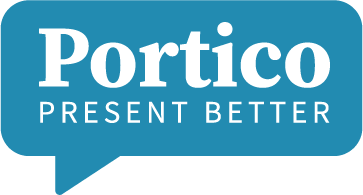This spring I had an opportunity to give a guest lecture for a Public Relations class taught my by former boss and mentor, Frank Walton, Ph.D. The class is part of the Masters in Integrated Branding and Communications at the City College of New York.
I was impressed by the students’ questions and the scenarios they raised to bridge how they would apply concepts to their professional and academic work. (Note to PR firms and those looking for communication talent . . . hire here!)
Throughout the evening and in the weeks following, I was struck by a theme that emerged, “I have an accent. English isn’t my first language. I’m self conscious about how I sound and whether others will understand me.”
I’ve thought about this. I asked Susan Miller, Ph.D., speech pathologist and founder of Voice Trainer, for her advice. She said the single most important thing that non-native speakers of a language can do to improve their speaking is to slow down. (The second is to practice saying the ends of words.)
This advice on slowing down inspired an exercise for students in in Professor Walton’s class and other English as a Second Language (ESL) presenters. Use this calculator to find the words to minutes rate, and practice using the “slow” pace, or 100 words per minute. (I use this calculator for speechwriting work).
Slowing down and focusing on how you pronounce certain words will help your presentation skills exponentially. But I also have another message for ESL students: I’m not worried about you. Your accent is part of your story; it is part of what makes you memorable. You speak more than one language. You can present in more than one language!
I worry about those who present with perhaps perfectly clear English pronunciation, but who select their words with less precision. Jargon, clichés, end-to-end solutions integration, shifting paradigms and synergistic platforms . . .these are the words in presentations that create distance. We use them because we’re not sure what it is that we really want to say, and we place burden on our audience to try and figure it out.
Presentations are about conversations, which means at the most basic level, we have to understand one another. Let’s speak clearly, in both pronunciation and word choice.



